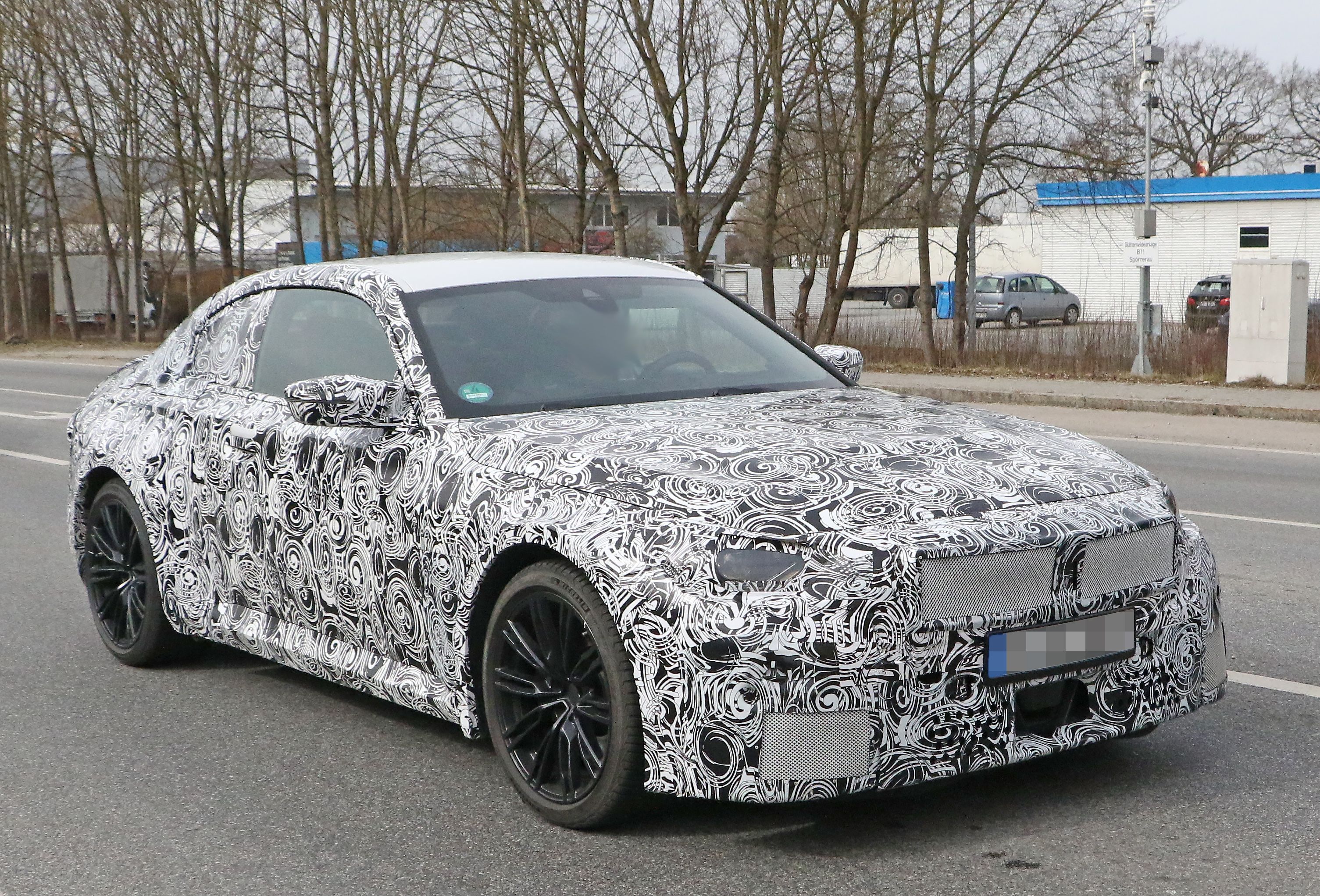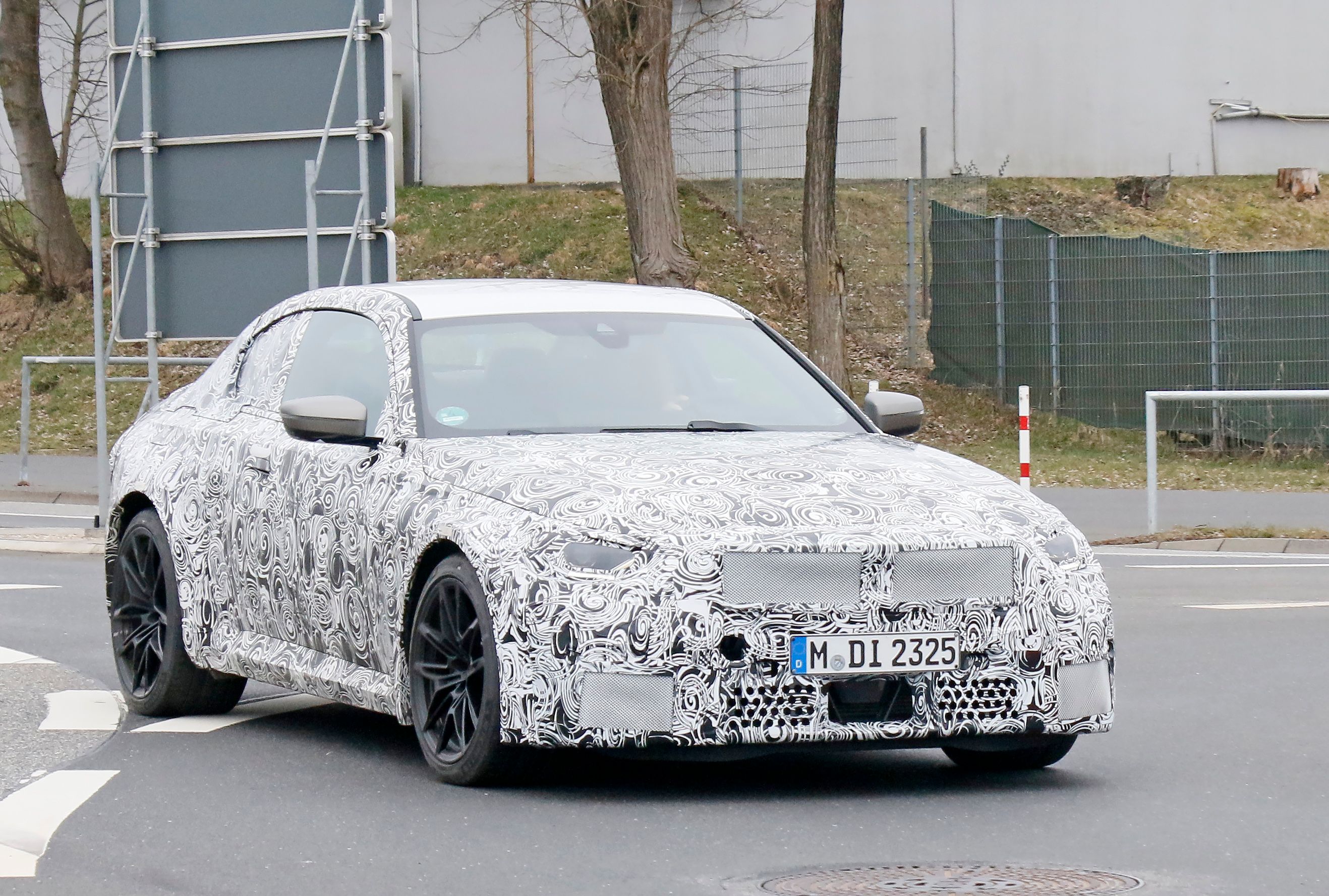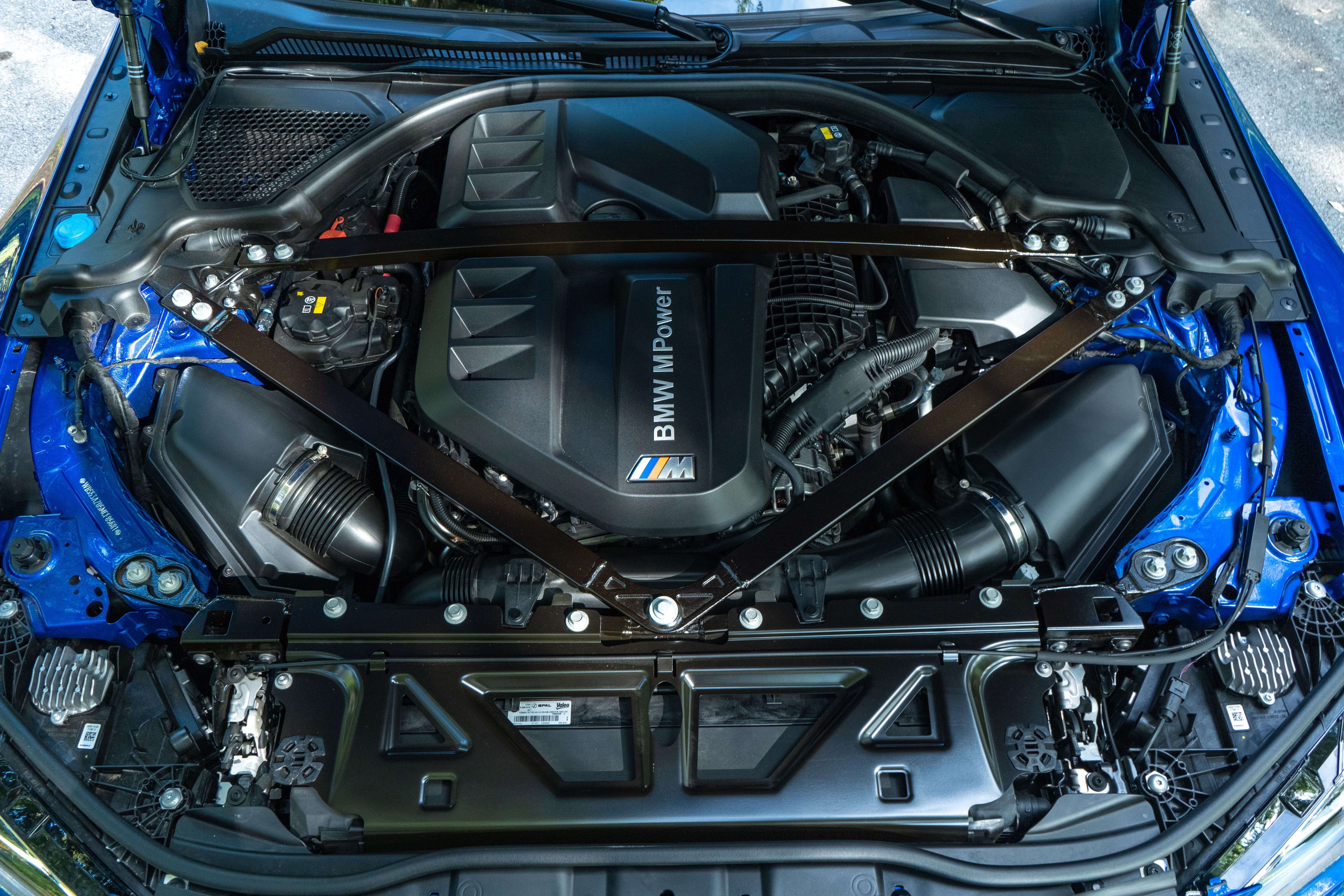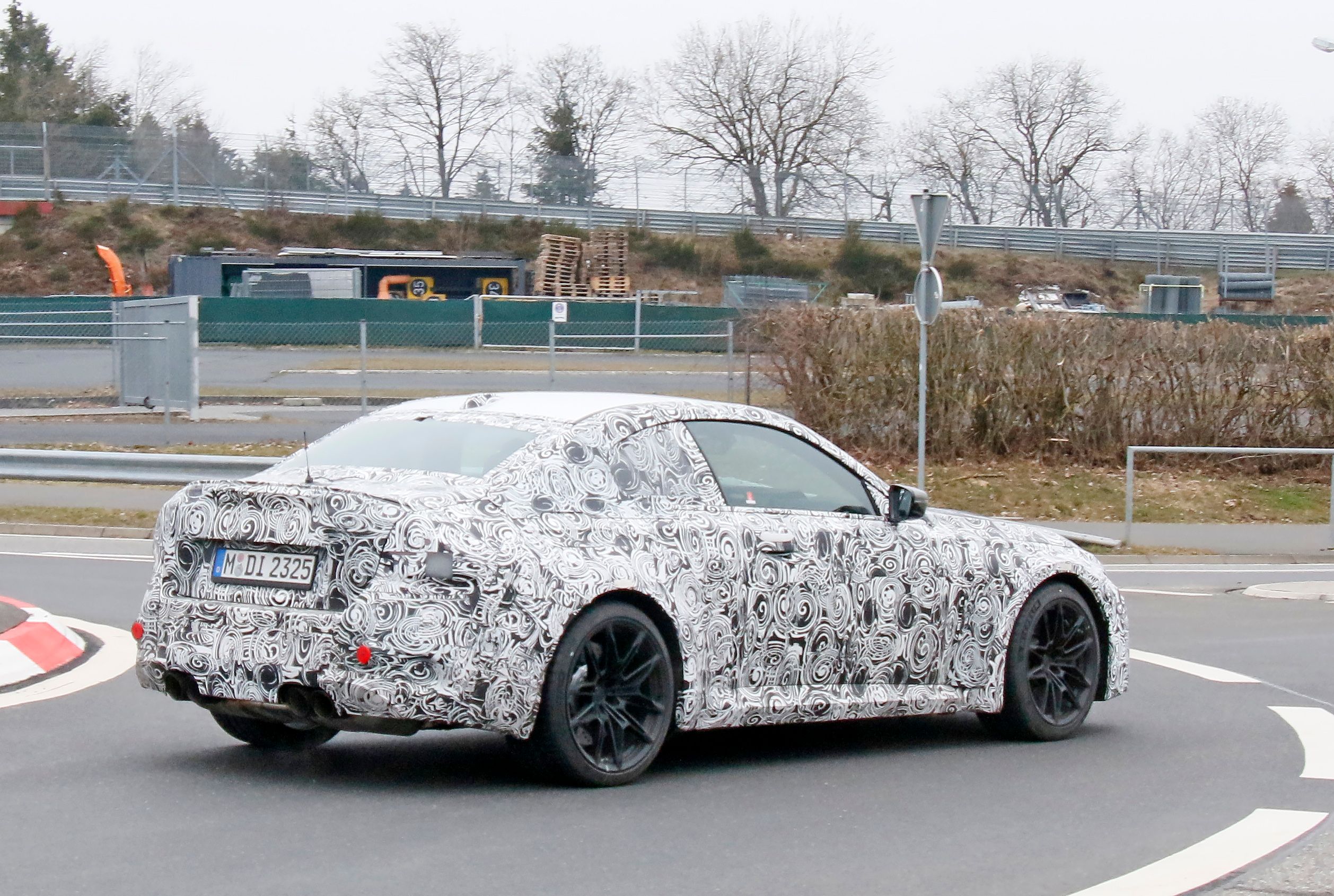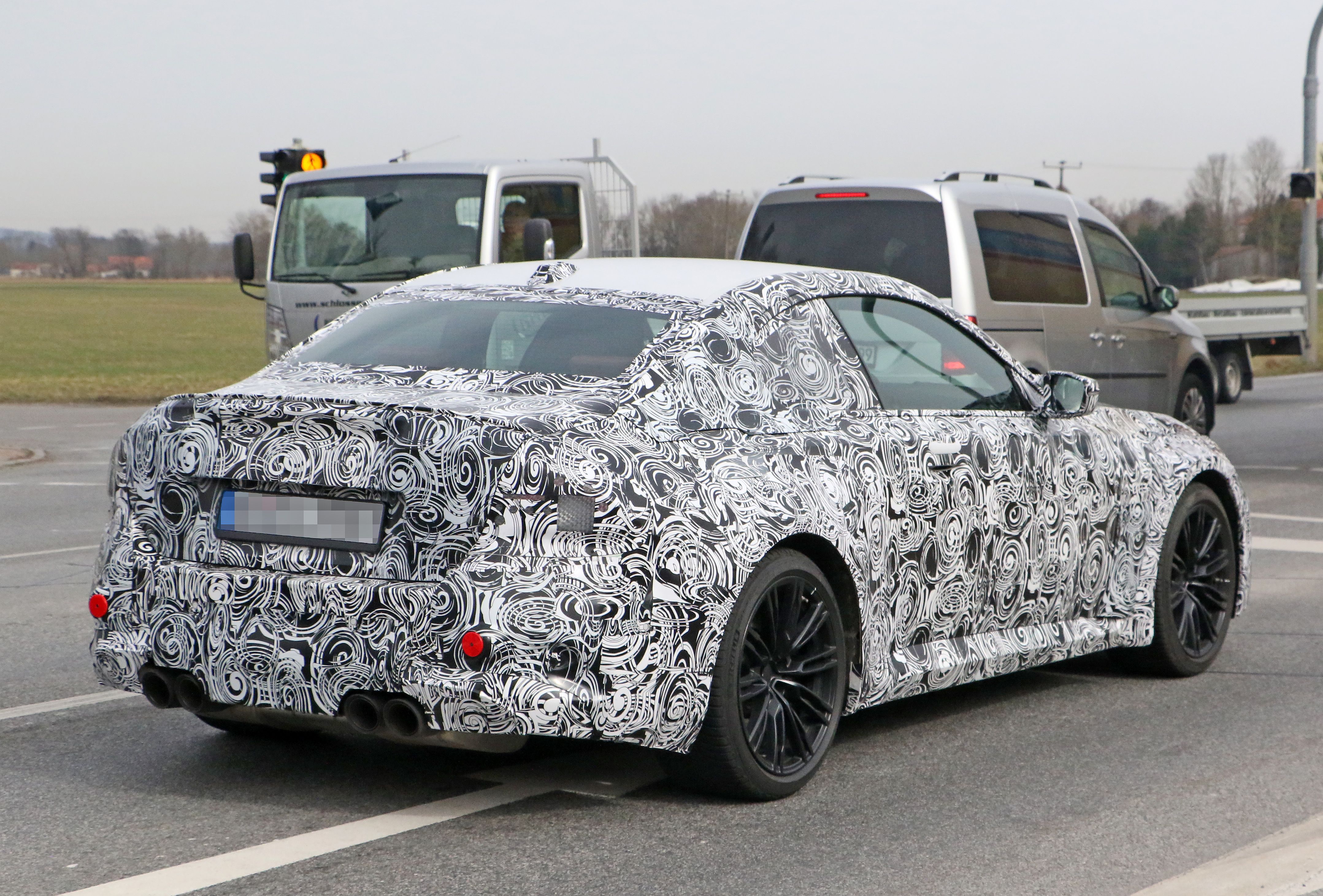The next-gen BMW M2 (G87 generation) has been in the news a lot this year, from rumors that there could be an M2 EV to the news that there will be a sizable generation gap, the latter of which will result in a 2023 market launch. Now a new report has surfaced and, if nothing else, it certainly justifies the planned generational cap between the current M2 and 2023 M2. In short, the next-gen M2 will be largely improved over its predecessor, which was somewhat expected, but the way it will be improved; that’s quite the story, and this is what you need to know.
2023 BMW M2 – Not The M3 and M4’s Baby Brother Anymore
The current BMW M2 has been very well received and praised for its on-road and on-track performance, but it was kind of its own model, featuring a different engine and largely different engineering compared to its bigger siblings, the BMW M3 and BMW M4. Like the S55 straight-six, the BMW M2s engineering could be considered a bit old compared to the rest of the BMW lineup, but the next-gen model will change all that with engineering (from top to bottom) that matches the models that sit above it. This will be the basis for better handling, better performance, and a better overall driving experience, but it’s not as cut and dry as that.
Goodbye S55, Hello S58 – Bringing Big Power to the Little M2
BMW’s B58 engine is even listed is War’s 10 Best Engines of 2016, and the S58, which was released in 2019, is the high-performance version of that engine. It’s found in the BMW M3, M4, X3 M, X4 M, and soon enough, the 2023 BMW M2! That’s right – BMW is ditching the old S55 straight-six to bring in an updated version of the S58. The S58 is good for 473 horsepower in non-competition form but has been tuned to as high as 503 ponies for cars like the M3 and M4 Competition. Torque remains steady at 443 pound-feet.
When the S58 was revealed by in 2019, it featured a new crankcase, longer stroke, revised cylinder head, and more efficient induction. The single-turbo layout of the S55 is also ditched in favor of a dual, mono-scroll turbo layout – a big part of what makes the S58’s induction so efficient compared to the S55. This is exciting news, indeed, but the new M2 won’t offer quite so much power.
Mild Power Increases Are On the Menu
According to a new report from Autocar, the M2 won’t offer quite so much power, but that doesn’t mean we won’t see improvement in output. According to the outlet, the new M2 will be offered with 410 horsepower while the M2 Competition will deliver 430 horsepower. There’s expected to be a nice increase in torque, to as much as 428 pound-feet, too.
To put this into perspective, the current M2 Competition delivers 405 horsepower and 406 pound-feet of torque, so the base M2 will offer a 5 horsepower and 22 pound-feet improvement over the current Competition. At 430 horsepower, the next-gen M2 Competition will see an increase of 25 horsepower, which will also put it just 50 horsepower shy of the current M3 and M4. Looking further ahead, the S58 will be updated to comply with Euro 7 emissions standards in Europe through the next-gen M2’s life cycle, and it should still support the same 7,200 RPM redline it has in the M3 and M4.
Gear Shifts and Big Changes Incoming
While the current BMW M2 is offered with a six-speed manual and a seven-speed dual-clutch transmission, the next-gen, 2023 BMW M2 will change things up a bit. The really good news here is that you’ll still be able to get a six-speed manual transmission. But, if you want to go with the automatic, you’re going to have to put up with an eight-speed torque-converter automatic as BMW is doing away with the option for the seven-speed DCT with this generational shift. The automatic will feature paddle shifters, but how it will compare to the current DCT is a big question that needs answered.
The 2023 BMW M2 Is Still RWD, and That’s All It Will Be
The latest report seems to confirm that the previous rumors of the M2 being offered as RWD were true, but more than that, it looks like BMW has no plans to offer the M2 with AWD. Or, as it was put by company insiders “an xDrive M2 is not planned.” Torque will be sent to the rear wheels via an electronically controlled M differential, though. So, long story short, if you want AWD, you’ll need to move up to the M3 or M4.
Based on the M240i, The New M2 Will Be More Aerodynamically Active and Larger Than Before
The BMW M2 is a compact car at its core, and that isn’t going to change, but it will grow as it transitions into the next generation. According to new reports, the M2 will feature styling similar to that of the upcoming M240i, with a new front end that features a lower and wider kidney grille. The traditional fixed vertical louvres will be ditched in favor of electronically operated active elements that will respond to the cooling demands of the engine as needed. When it comes to growth, the new M2 will be just a bit larger than the current M2 Competition, which current comes in at 175.9 inches long, 78.11 inches wide, and 55.51 inches tall. The new M2’s wheelbase will be increased by just a hair over two inches to 108.03 inches (vs. 106 inches), while the front and rear tracks will also be a bit wider too.
The Best Weight Distribution Possible
The current BMW M2 Competition has a weight distribution of 53:47, which means 53-percent of its weight is ahead of the center point while 47-percent is behind. In an effort to improve handling, BMW has managed to improve the weight distribution to a perfect 50:50, which should help account for better handling. This is also the same weight distribution that will be offered by the M240i.
Increased Rigidity – Benefits of the CLAR Architecture
As part of the M2’s generational shift, it will adopt BMW’s CLAR Architecture, which brings a number of improvements, the most important being a 40-percent increase in body rigidity. This is the same platform that has underpinned the 7 Series since 2015, 5 Series since 2016, and X3, X5, and X6 since 2017, the 8 Series, and the new BMW Z4\Toyota Supra twins, among others. And, that’s actually a very good thing as it also future proofs the BMW M2 for the rest of this decade to some extent as it is able to support a 48-volt electric architecture for features like throttle-off engine idling, regenerative braking, and even the option of electric boosting. Of course, electric boosting would mean the M2 could be a mild-hybrid, but if that happens it’ll be down the road, long after launch.
New Suspension for Better Handling
As you’d expect, the next-gen M2 will feature a MacPherson, independent front suspension and a rear multi-link suspension. The front suspension has been redesigned specifically for the M2 while the rear suspension has been reworked to include a new brace. The benefits of the revised suspension system include giving engineers the capability to increase front camber as needed, something that should be available with lift-related or variable dampers. On top of this, you can expect even less body roll in corners, better traction overall, and a better ride.
2023 BMW M2 – Built in Mexico?
Rumor has it that BMW is going to built the next-gen M2 in San Luis Potosi, Mexico, an unexpected turn of events as the current model is produced exclusively at BMW’s Leipzig plant in Germany. How the Mexico factory will source parts is still a big mystery, but we’re operating under the assumption that the S58 engine will continue to be produced in BMW’s Munich plant where it’s produced today. It sounds like a bit of a logistical nightmare, but if this is true, BMW certainly has a good reason for it – let’s just hope we don’t see a drop in production quality with production shifting to Mexico.

